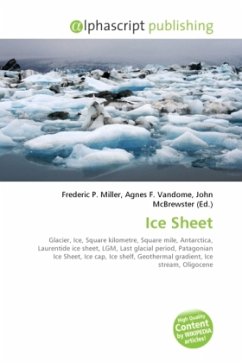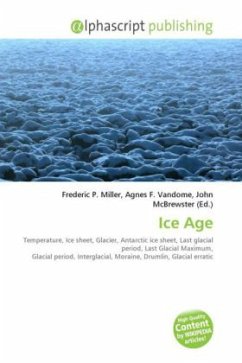Ice calving or iceberg calving is a form of ice ablation or ice disruption. It is the sudden release and breaking away of a mass of ice from a glacier, iceberg, ice front, ice shelf or crevasse. The ice that breaks away can be classified as an iceberg, but may also be a growler, bergy bit or a crevasse wall breakaway. Calving of glaciers is often preceded by a loud cracking or booming sound before blocks of ice up to 200 feet high break loose and crash into the water. The entry of the ice into the water causes large, and often hazardous wakes. The wakes formed in locations like Johns Hopkins Glacier can be so large that boats cannot approach closer than two miles. These events have become major tourist attractions in locations such as Alaska. Many glaciers terminate at oceans or freshwater lakes which results naturally with the calving of large numbers of icebergs. Calving of Greenland's glaciers produce 12,000 to 15,000 icebergs each year alone. Calving of ice shelves is usuallypreceded by a rift. These events are infrequent and not often observed. Etymologically, calving is cognatic with calving as in birthing a calf.







